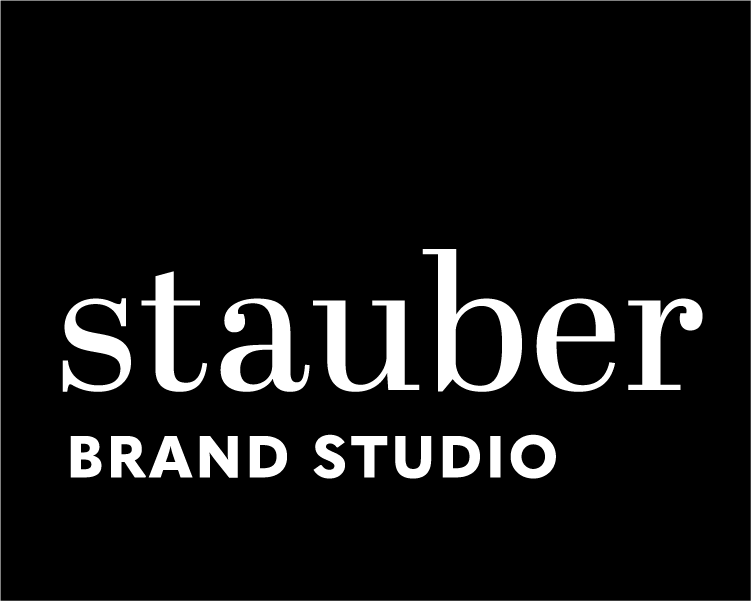Design is…
I got an email this morning with this Tom Peters quote: “Design is … an understanding that all the senses were created equal.”
It’s true. And it’s interesting to think about what on earth that might really mean.
I was talking with a marketing colleague this morning about a potential project she has for a website aimed at moms. As a mom, I’m always very suspicious of any kind of “marketing to moms” because it’s often like other marketing to women … lots of pink and cuddly photos, as if that is all it takes to be relevant to me as a female consumer.
What does any of this have to do with “Design is … an understanding that all the sense are created equal.” ?
It is this:
Design is not about making something look cool (or cute, or mom-like, or macho, or techie, or whatever it is you think the audience is).
Design is about making something relevant. It is about making a connection with your audience.
Which means you have to truly understand them, and you have to have a clear communication strategy. The messages need to be relevant to the audience. The way in which they are delivered needs to be relevant. You need to consider which senses to address, and how. (Is the color palette friendly or serious? Is the nomenclature for website sections based on an internal organizational structure or does it truly support the user’s point of view and needs? Does the paperstock textured or smooth, heavy or light? How should all of these elements, and more, feel to the user/audience?)
Designing a website for moms — like any website, or any form of communication for that matter — requires the integration of form with communication strategy, and a careful prioritizing of messages. Then the final content, design, and all details in execution support the higher communication goal, serve the end user well, and track back to what you figured out needed to be done in the planning stages.
I wholeheartedly agree with Tom that “Design is … an understanding that all the senses were created equal.” Creators (marketers, designers, writers, technical developers, etc) of any type of communication have to remember that all of the senses truly are involved. The eyes, hands, heart, brain … a website user or brochure reader takes in many elements and processes them via all of their senses. All of the elements require careful attention and need to be considered from a user’s point of view. If the visuals are strong but the naming of website sections isn’t right, the user won’t respond as well as they would otherwise. If the brochure copy is great but the typesetting makes it feel like a chore to read… oh no!
All of the details need to work together in a holistic, integrated way to support each other and the user experience — and thus build a relationship with your brand.
~ JPS
